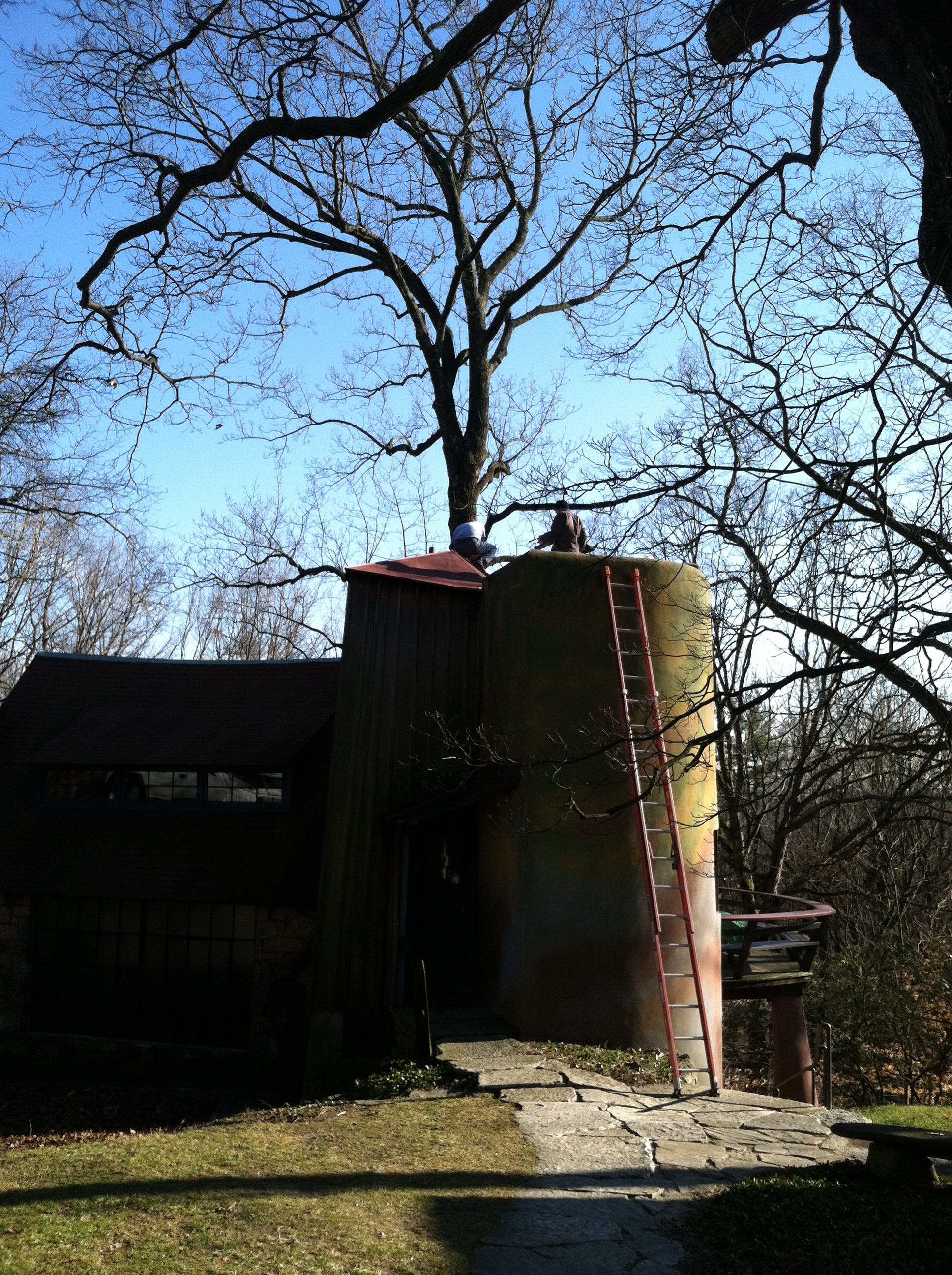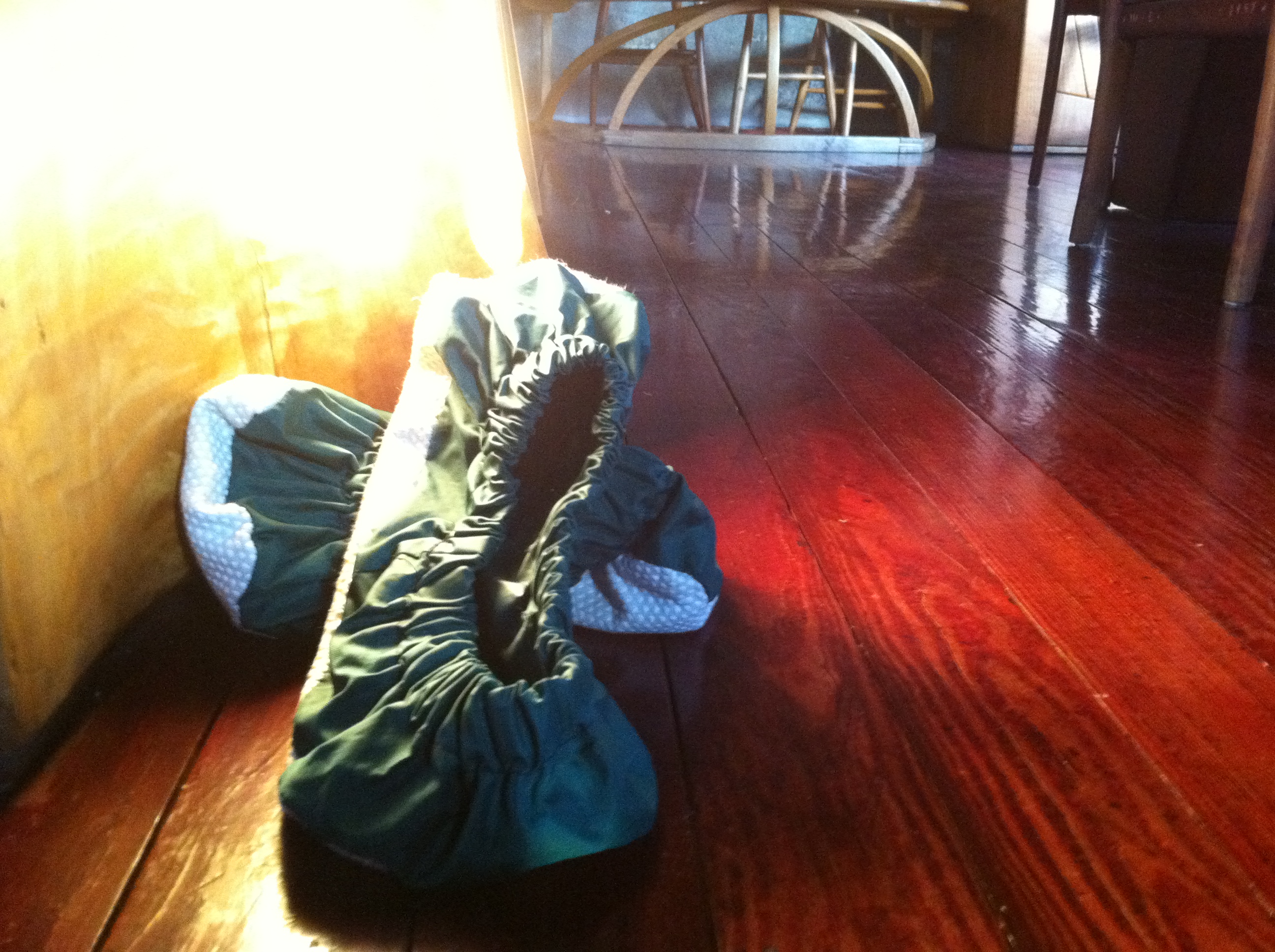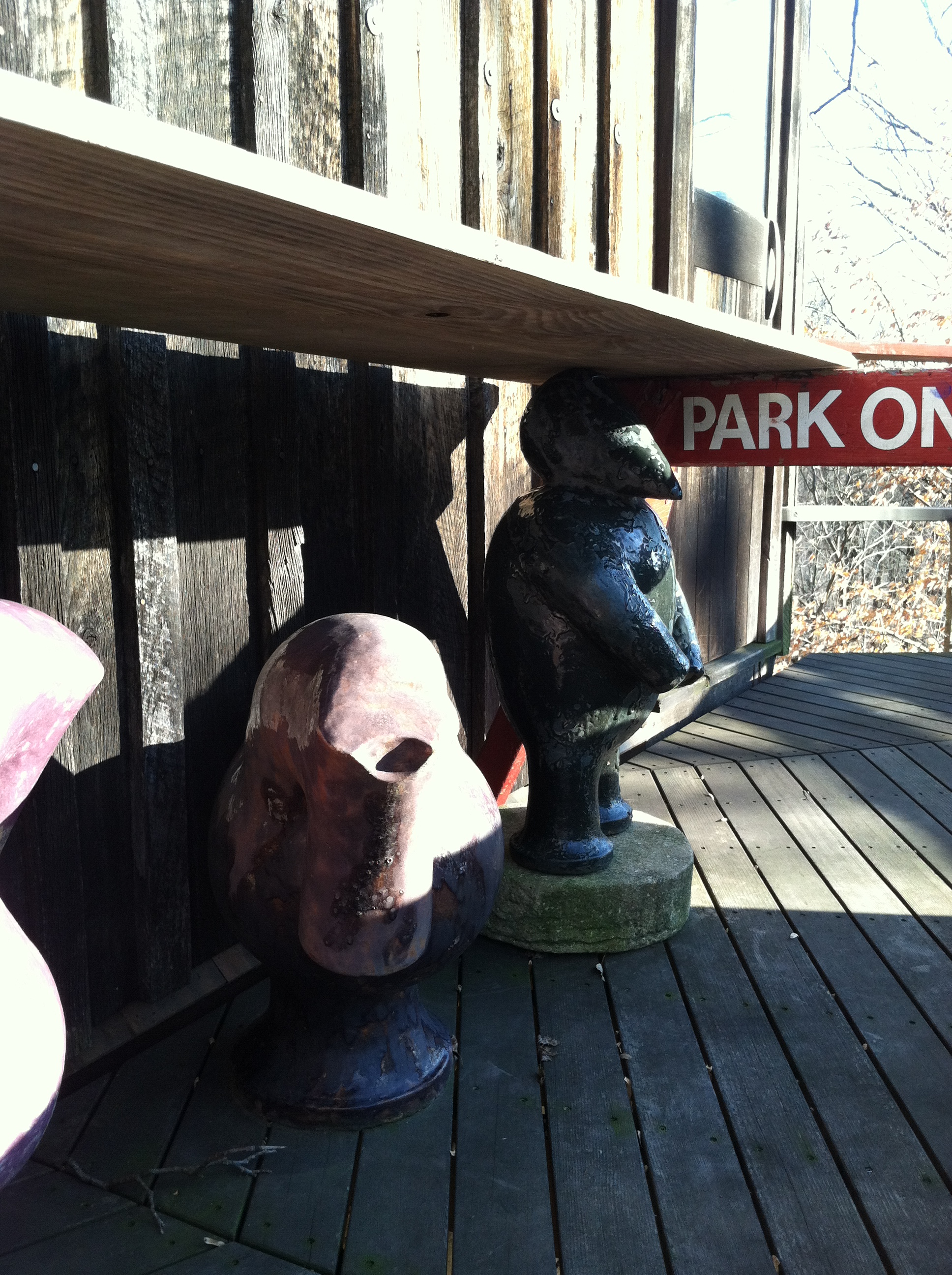Unpredictable winter weather makes scheduling tours in advance a little tricky, so every January and February the Museum closes its doors to visitors. This gives us a chance to recoup from the buzz of constant tours and turn our attention to other aspects of museum work. Running a museum has its exciting moments, but there are also the mundane aspects: end-of-the-year business and tax details, keeping the budget in check, writing grant reports and new grant applications, working on the winter edition of The Quarterly and making sure we’re ready to operate once tours start again in March, the list never ends! Desk work may not be as fun as giving tours, but it is important none the less!
Then there are the things that keep us up and moving. The winter months are the perfect time to tackle projects we don’t get to do during tour season. Winter days have their fair share of maintenance work—actually as I write this, I can hear the roofers trotting up above, making sure everything is in check for the winter weather and the year ahead.
One of the biggest winter maintenance projects is refinishing the Studio floor. The thousands of feet that shuffle over the floors each year cause the finish to erode, so we periodically have to put a fresh coat down. For those of you who have come for a tour and had to put on our “stylish” shoe covers, you’ll be happy to know that they are doing their job. We will not need to refinish the floors for a number of winters to come!
Planning for several upcoming exhibitions is in full swing in these quiet months as well. Our curator, Paul Eisenhauer, has been busy writing the text and photographing pieces for the catalog of our upcoming show “Poplar Culture: The Celebration of a Tree” in May. Our visitor center quickly filled up with dozens of pieces made from Wharton’s beloved Poplar tree. This tree grew outside the
studio’s front door and had to be taken down in 2009 because of an unstable top. The wood was milled and distributed to over 40 artists all over the country. Each artist then crafted quirky, classic and stirring pieces full of inspiration from Wharton Esherick and his imaginative studio. When the show opens on May 20th, at Historic Yellow Springs, the pieces from the show will be available to purchase and you can bring home your very own piece of the studio!
Preparations have also begun on our spring exhibition in the visitor’s center where we’ll be hosting the 1931 Fischer Corner Desk. Wharton Esherick created the desk in 1931 for Helene Koerting Fischer, the first patron to give him complete freedom in artistic design. He drew from Cubism and German Expressionism in this masterfully unique and complex work; its crystalline form speaks of its creator’s complex yet functional designs. Its odd angles and prismatic shape also tested the skills (and patience) of John Scmidt, Esherick’s good friend and collaborator. In his 2008 article for Woodworker magazine, noted wood artist Mark Sfirri comments, “There is no area of ‘Corner Desk’ that hasn’t been considered; there were no ‘easy’ parts to its construction. Although faceted and angular, the desk is playful and engaging…” We are fortunate that Barbara Eldred, Helene Fischers grand-daughter, has loaned us this treasure. It has not been on public display since 1976, so you’ll not want to miss it this spring!
Winter days are also a great opportunity to work with the Museum’s growing collection. The chairs and stools all get new felt pads on their feet to protect the floors (you may detect a theme here). This winter we’re also working on cataloging the woodblock collection, and in a few weeks, two new volunteers will be starting to help catalog and sort the photograph collection. We’re always looking for more volunteers to do projects like this, give tours, run the sales desk or help out wherever your talents are best served! Don’t hesitate to contact us ([email protected]) if you’d like to be a part of the team that keeps this museum hopping!
So, that’s what we’re doing this winter, with our without the winter weather! Make sure you check out our website for details on the events coming this spring.
www.whartonesherickmuseum.org








